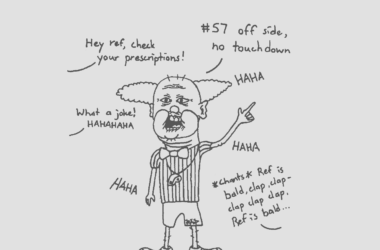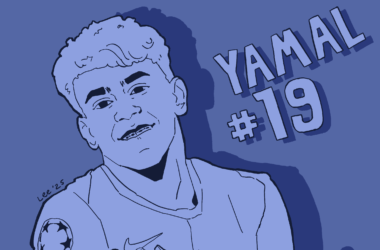
The generation born a decade before mine would probably like to think that they grew up in the best possible era for Disney films.
My older friends can easily claim The Little Mermaid, Beauty and the Beast, and Aladdin as relics of their childhood years, but I was not yet speaking in full sentences the year The Lion King was released.
“Look at kids these days,” you often hear these so-called Disney purists say. “They’ll never know what it was like to grow up with real Disney classics.”
Sadly, these folks are missing something. Today’s kids have a lot to brag about.
In the last two decades, Pixar has picked up where Disney left off in every way, executing the art of film with as much depth, care, and emotional precision as any cartoon classic I’ve ever seen. Animation by hand was tedious, but few realize the true work that goes into a work of computer animation. Each individual frame represents hundreds, often thousands, of hours on the part of talented animators. A movie has 24 frames per second.
Today’s kids love their beloved animated friends just as much as older generations loved their cartoon ones. The Cars franchise has netted, to date, a cool $10 billion in merchandising alone. Not bad for a bunch of talking cars. Five-year-olds everywhere show their love for Lightning McQueen on their shoes, sheets, bathing suits, lunch boxes, and huggable motor vehicles.
It may sound hopelessly sentimental, but the connection between Pixar characters and today’s kids is as strong as ever—mostly because Pixar’s protagonists are intensely relatable. Just like Simba, Ariel, and Dumbo, Pixar heroes make (often child-like) mistakes, encounter challenges, and grow and change a lot over the span of their respective 90-minute features.
One can identify with a Pixar film on a multitude of levels. While children appreciate the adventure and slapstick humour, adults can appreciate their powerful statements on the importance of universal themes like love and honesty, and the nature of good and evil.
I’m not ashamed to say there were tears in my eyes at the end of Toy Story 3. I empathized with Andy’s leaving home, his moving to college, and his fading childhood in a way I probably never have with a live-action character.
Defending what belonged to the childhood of one’s own generation is a natural part of a kind of desperate nostalgia. I’m sure today’s kids will be turning up their noses at their younger peers’ 4D (or, whatever-numbered-dimension is the craze then) childhood films. That doesn’t necessarily mean they’ll be any less great.







